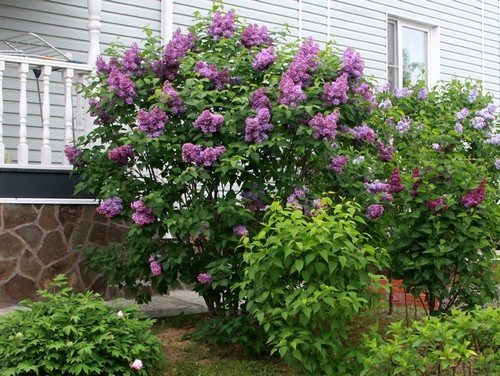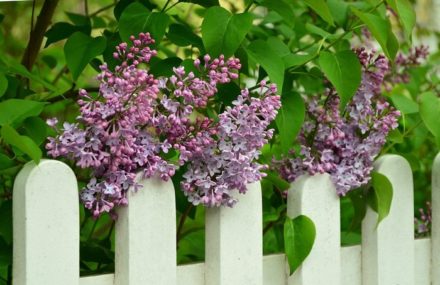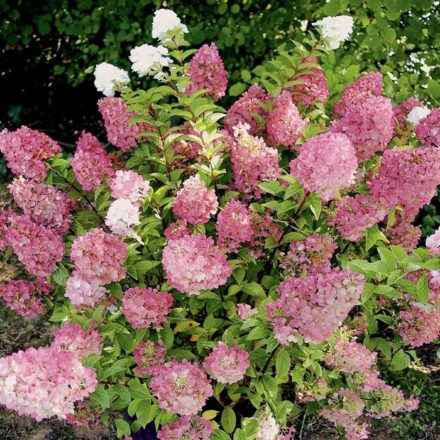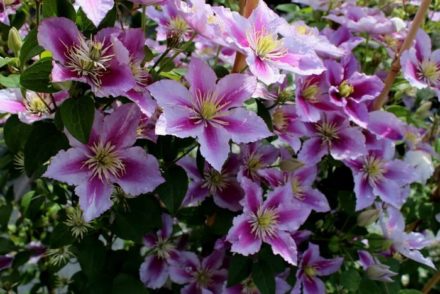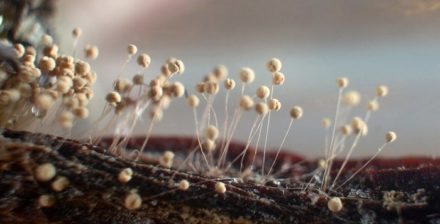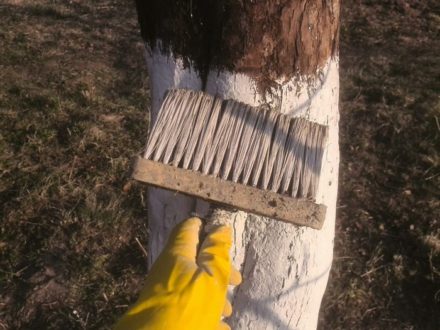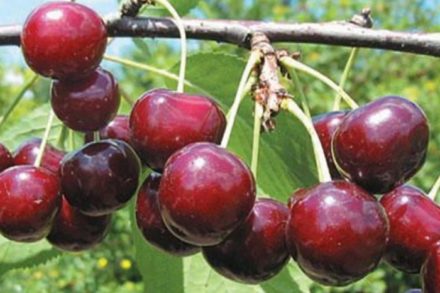Lilac is an unpretentious shrub or tree with large fragrant caps of inflorescences that bloom in May. Without proper care, old plants grow tall, begin to bloom sparingly and poorly, and the branches and lower part of the bush become bare. In advanced cases, it takes several years to restore the decorative appearance of lilacs.

Anti-aging pruning
The most important event to restore the plant’s former beauty. It is held in September before the cold weather begins. Remove all dry, diseased and thin branches, leaving 5–7 of the strongest shoots. The remaining branches are shortened to a height of 1 m. The thinned bush begins to more actively produce replacement shoots. The growth that weakens the plant is cut out at ground level.
To ensure lush flowering next year, panicles with ovaries must be pruned in the summer. Lilacs spend a lot of energy on ripening seeds, this interferes with the formation of the rudiments of next year’s flower buds. Using pruning shears, carefully trim the peduncle without catching the shoots located nearby.
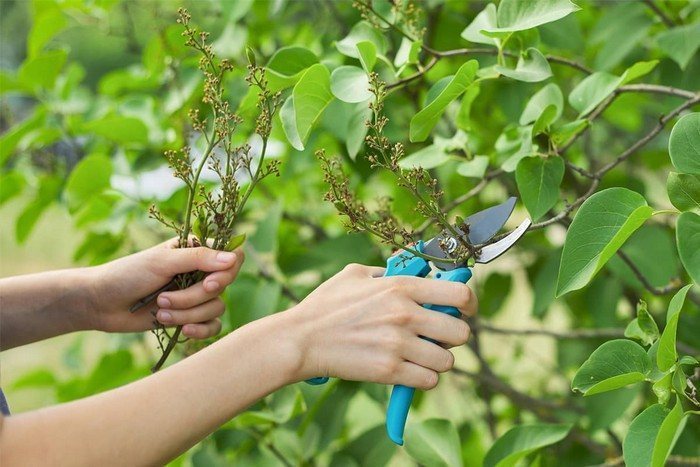
Improving soil chemistry
Lilac grows well in neutral or slightly alkaline soils. Over time, the soil becomes acidic, as evidenced by weeds (horsetail, horse sorrel). An acidic substrate disrupts the growth of the bush and can cause a lack of flowering.
Dolomite flour (0.5 kg per plant) is added to the trunk circle of the bush.Wood ash deoxidizes the soil well, which can be applied dry or diluted. Organic matter additionally nourishes the lilac root system with potassium.
Watering
Lilac is a moisture-loving plant; it needs abundant watering at any age. Up to 3-4 buckets of water are poured under an adult tree. Watering is especially important during the period of bud formation, during flowering, and during drought. The formation of next year's buds occurs in the second half of July. Dry soil during this period can cause weak lilac flowering.
Mulching the soil
Lilac does not tolerate compaction and disruption of air and water permeability of the soil. Annual mulching of the tree trunk circle with humus solves several problems at once:
- retains moisture in the top layer of soil;
- makes it difficult for weeds to grow;
- protects the root system from overheating in hot weather.
A layer of mulch is laid in a layer of 5–7 cm. As it decomposes, humus serves as additional nutrition for the plant, improves the structure of the soil, making it looser.
Feeding
The soil in old plantings must not be allowed to deplete. Adult lilac bushes are fertilized several times a year. In the spring, nitrogen fertilizing is applied. During the formation of buds and flowering, lilac needs complex mineral fertilizers. In autumn, the plant is prepared for wintering by adding organic matter or phosphorus-potassium fertilizers.
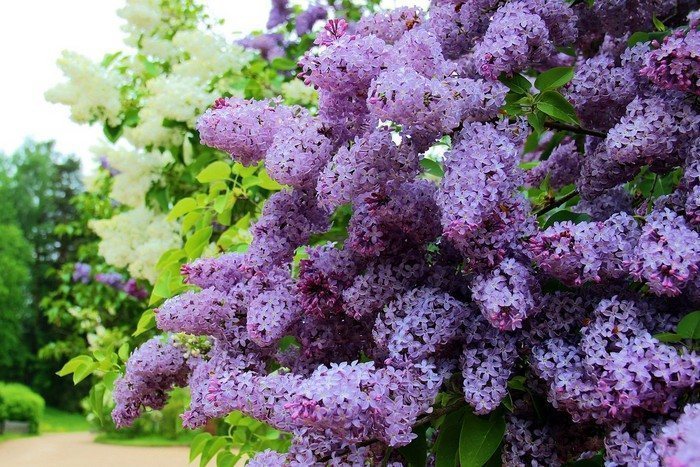
Lilac is undemanding to care, but in order to achieve abundant flowering, you need to pay attention to the bush every year. Annual pruning and proper cultivation techniques make it possible to preserve the decorative appearance of the plant for many years.


